
United States Department of Agriculture logo.
Elle Soderberg, DNR Forest Products Specialist, Green Bay
Elle.Soderberg@wisconsin.gov
Communities across Wisconsin have significant economic growth opportunities thanks to several key funding and support programs offered by Rural Development, a division of the U.S. Department of Agriculture (USDA). These programs provide vital resources aimed at improving infrastructure, businesses and entrepreneurs across the country.
The Business & Industry Loan Guarantees program is designed to assist businesses in rural areas by offering loans that help promote economic development, job creation and improved services in communities that need it most. Through this initiative, businesses can access funding they may not have otherwise qualified for, thus enhancing their ability to expand and create new opportunities for local residents.
Continue reading “Programs Support Forestry, Forest Products Industry”

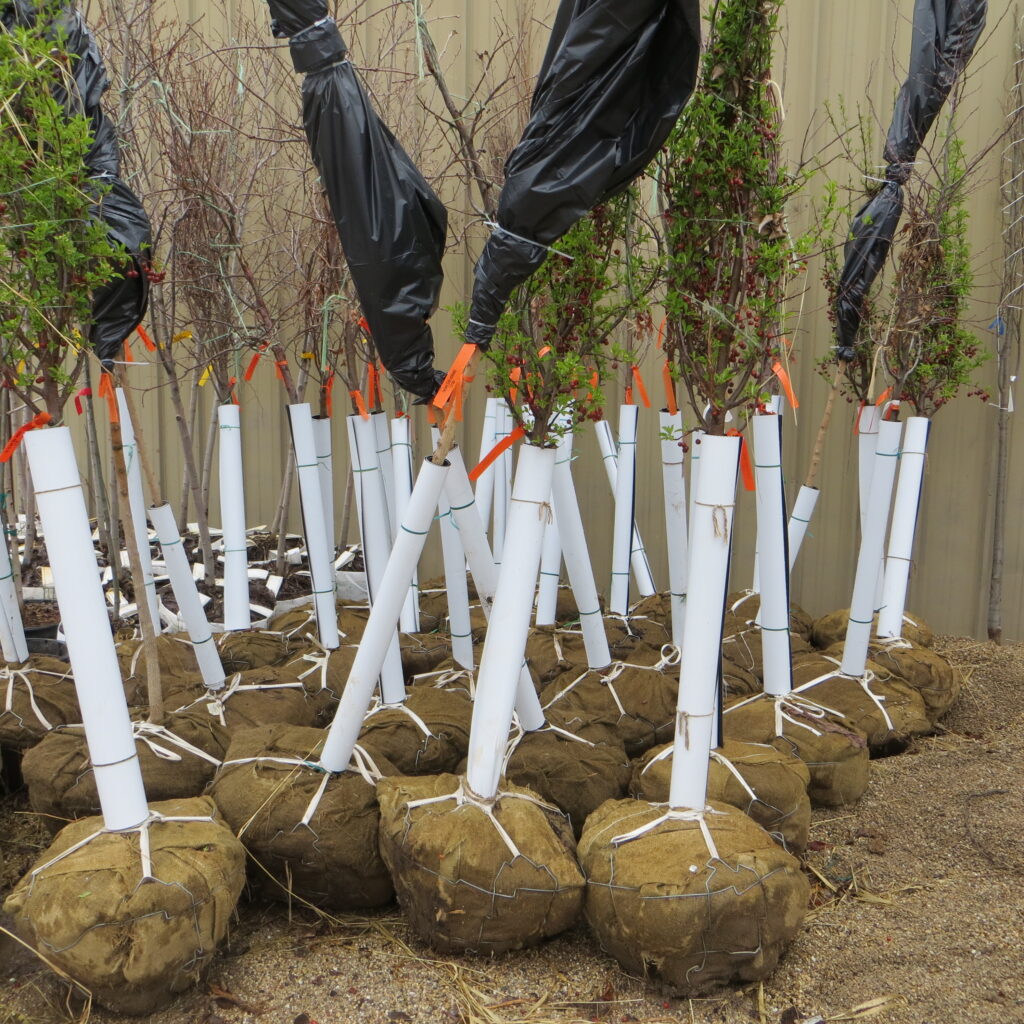 Earth Day, Arbor Day and spring are all quickly approaching, and now is the time to start thinking about your tree plantings! Choosing the proper tree for a specific location will help ensure your tree’s long-term health and survival.
Earth Day, Arbor Day and spring are all quickly approaching, and now is the time to start thinking about your tree plantings! Choosing the proper tree for a specific location will help ensure your tree’s long-term health and survival.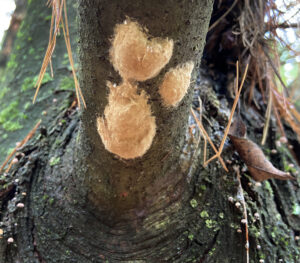
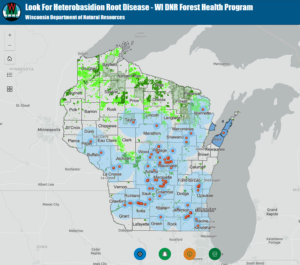
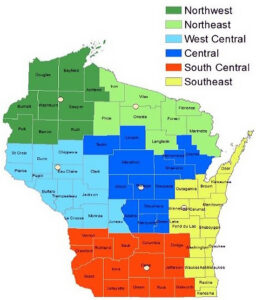
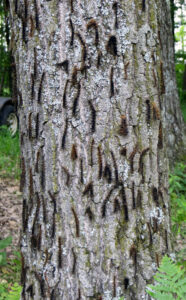
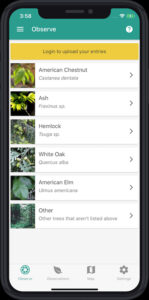
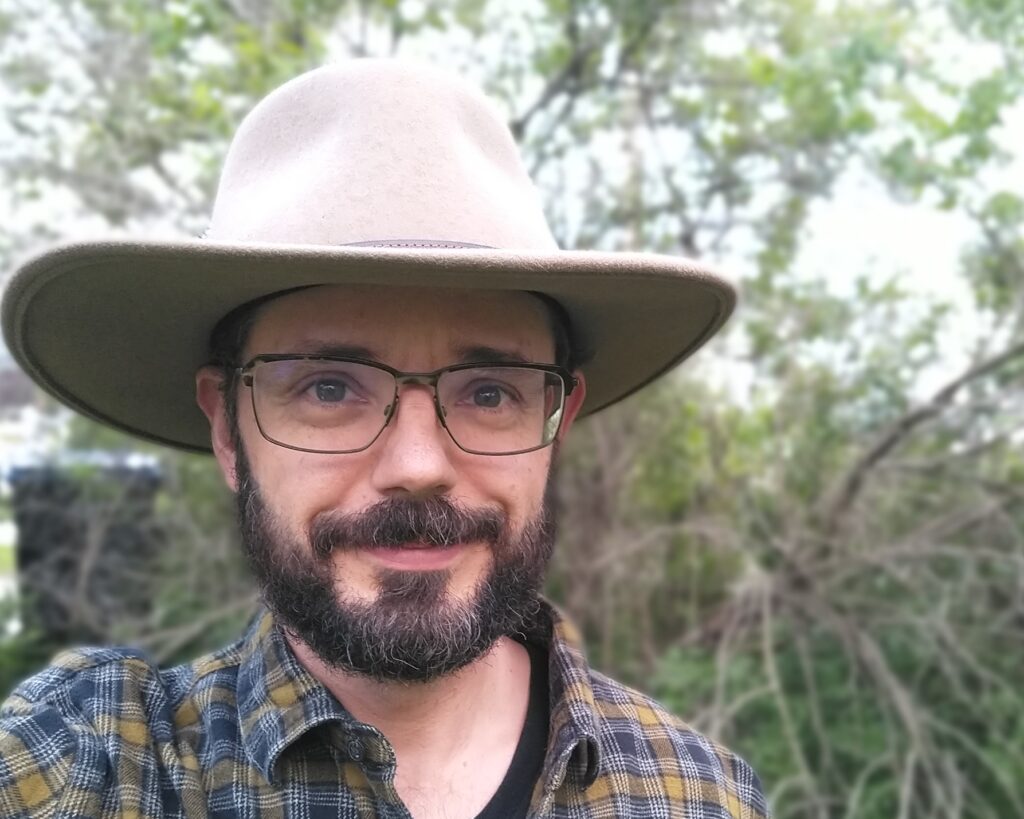 Jay Dampier joined the Urban Forestry Team on June 3 as the new Inflation Reduction Act (IRA) grant coordinator. This is a federally funded project position that will be overseeing $4 million of federally funded grants awarded to Wisconsin communities, tribes and nonprofits. These IRA funds were allocated to the urban forestry program by the United States Department of Agriculture (USDA) Forest Service in 2023. As part of the Justice 40 Initiative, 100% of the funds will be used to improve the urban forest resources and lives of those living in disadvantaged communities throughout the state.
Jay Dampier joined the Urban Forestry Team on June 3 as the new Inflation Reduction Act (IRA) grant coordinator. This is a federally funded project position that will be overseeing $4 million of federally funded grants awarded to Wisconsin communities, tribes and nonprofits. These IRA funds were allocated to the urban forestry program by the United States Department of Agriculture (USDA) Forest Service in 2023. As part of the Justice 40 Initiative, 100% of the funds will be used to improve the urban forest resources and lives of those living in disadvantaged communities throughout the state.